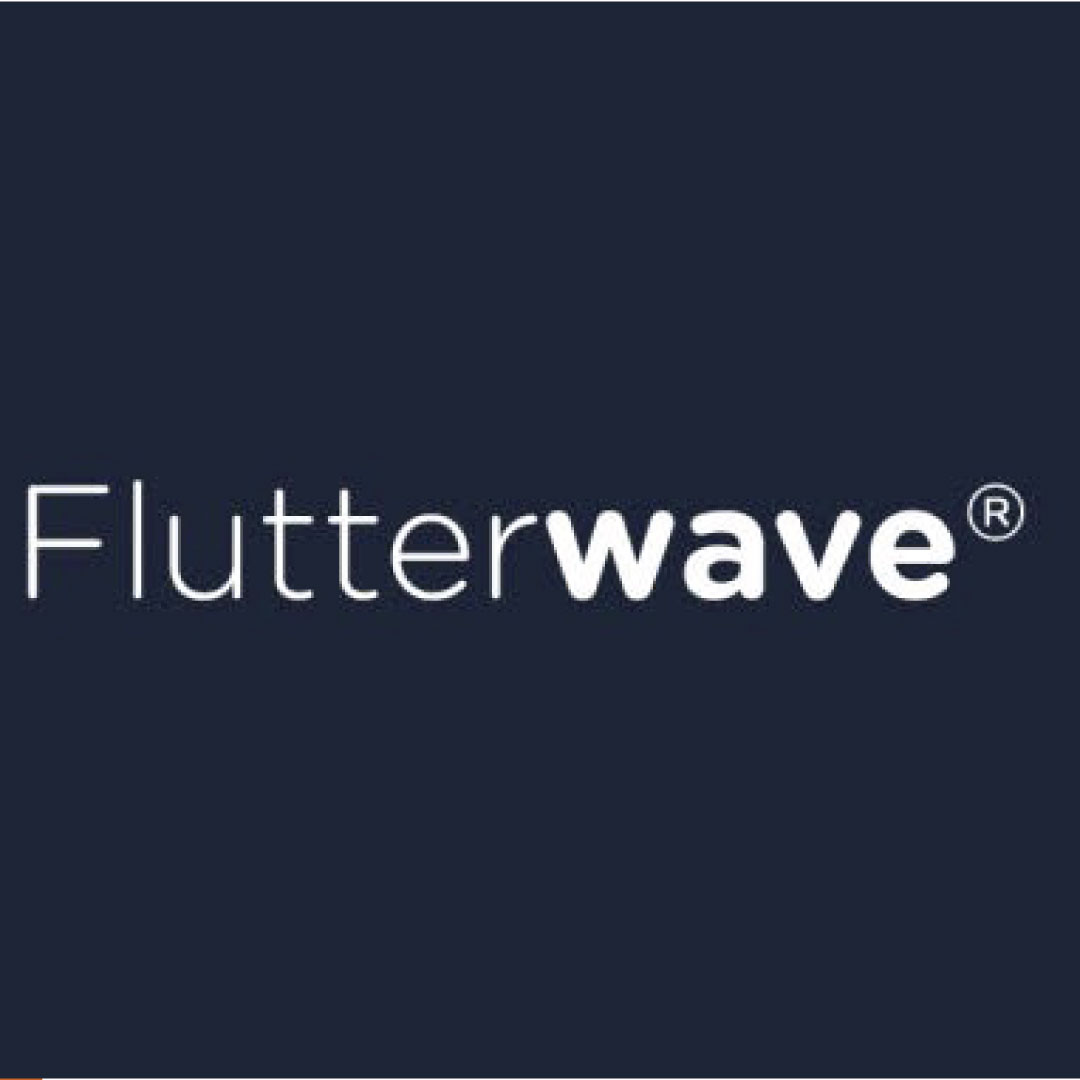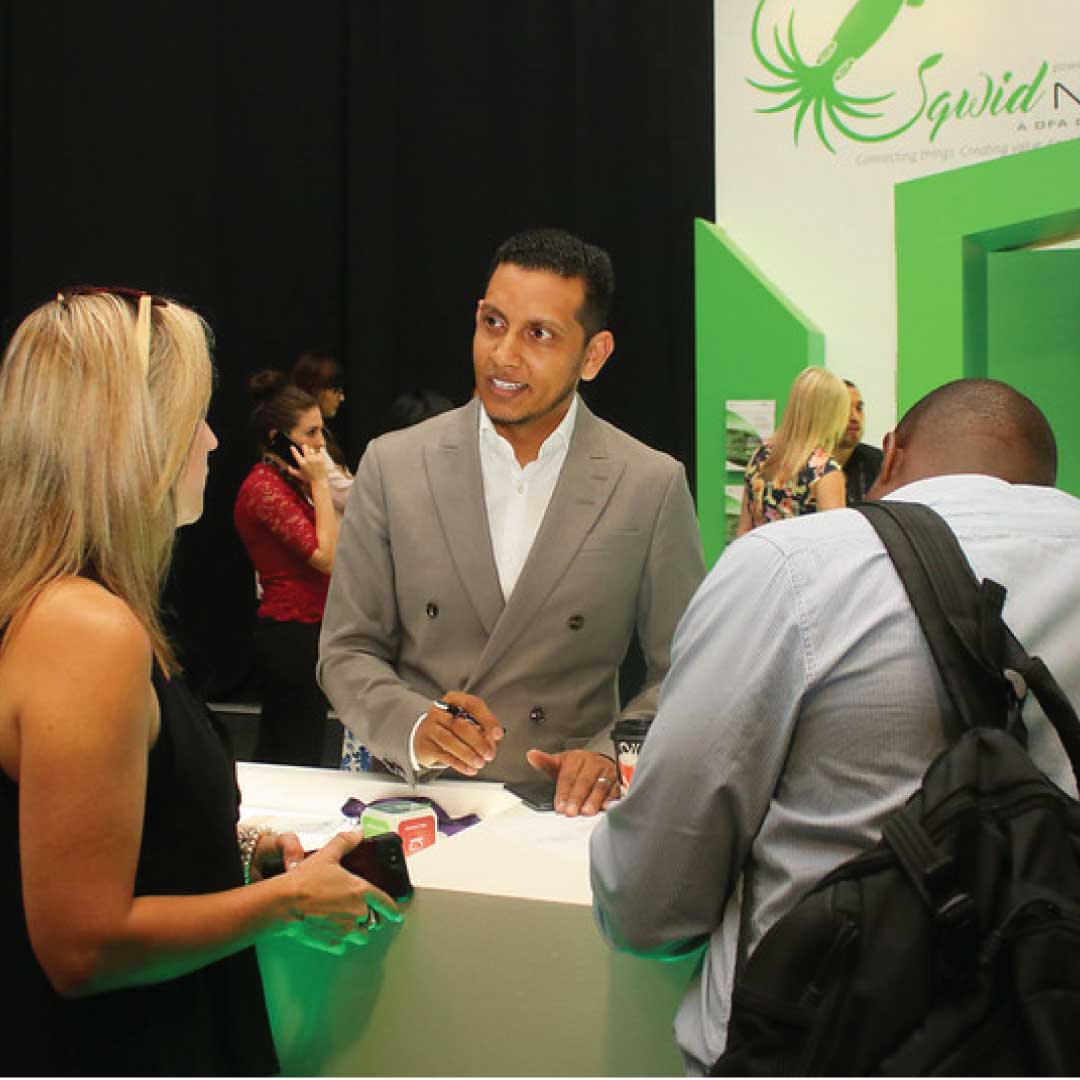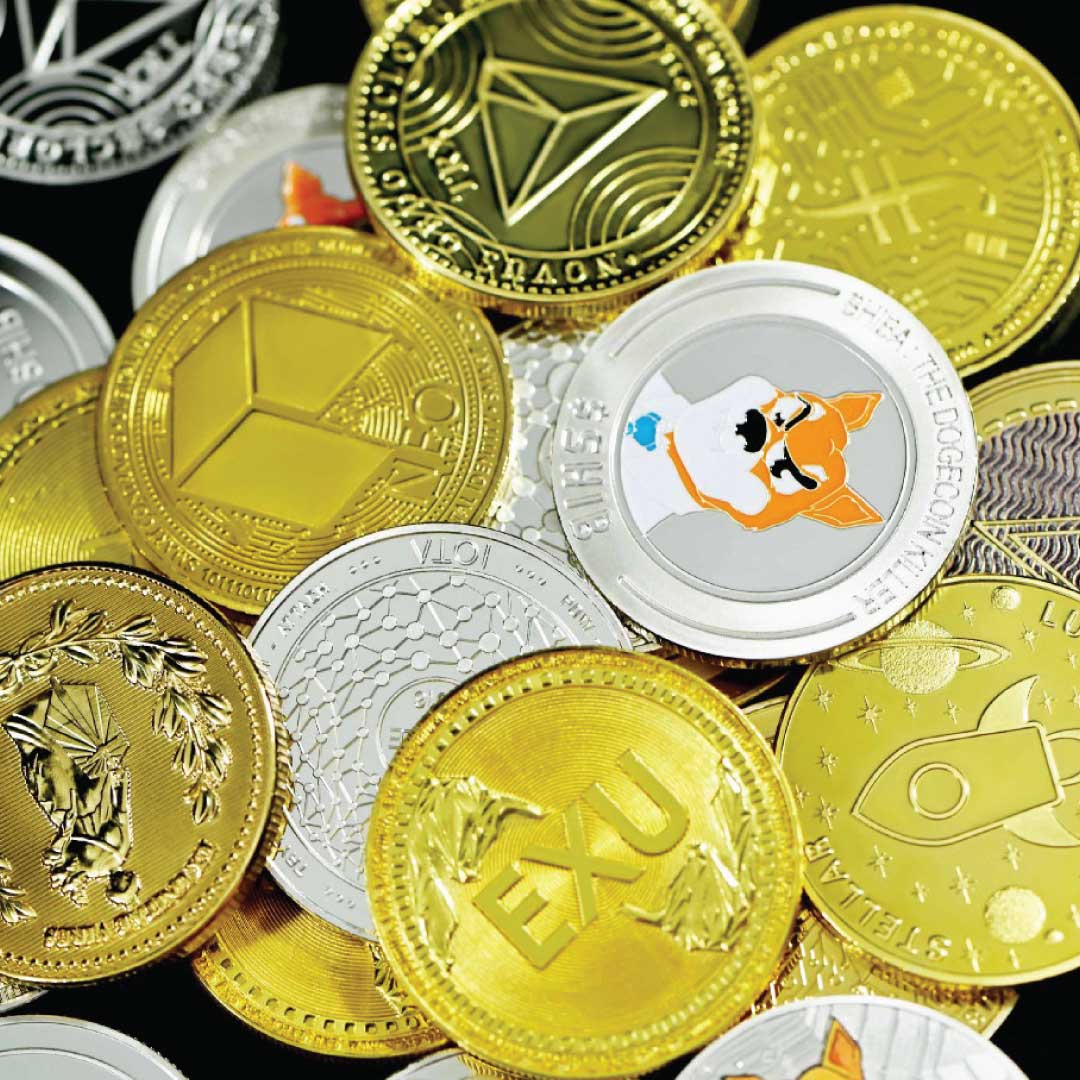Proforce Limited, a provider of defence solutions that specializes in weapons, armoured vehicles, and personal protection, is expanding production lines in Ogun state for weapons and armoured personnel carriers.
The only manufacturer of armoured vehicles in Sub-Saharan Africa, based in Ode-Remo, Ogun state, is producing more weapons and armoured vehicles to combat the rising level of insecurity and save the country enormous sums of money annually spent on importing arms, ammunition, and armoured personnel carriers.
Ade Ogundeyin, the chief executive officer of Proforce Limited, produces mine-resistant ambush-protected vehicles (MRAPs) for the country’s security personnel. He also manufactures bulletproof vests that security personnel require urgently. MRAP refers to light tactical vehicles used by the United States military that are designed to withstand improvised explosive device attacks and ambushes.
The company, which is headquartered in Ode-Remo, Ogun State, has created a thriving security and mobile protective products market in Nigeria and Africa.
In 2008, Ogundeyin was motivated to incorporate the company as a provider of total defence solutions, specializing in armoured vehicles and personal protection. A Colombian company initially approached him to help them sell their armoured vehicles in Nigeria. He stated that he wanted to be a partner with the company rather than a sales representative, but the company denied his request.
Things You Need To Know About Proforce Products
In a recent Journalists Hangout at TVC, he stated, “We wanted a partnership with them, but the company let us down. Coincidentally, the company folded within three months, and we brought the equipment into the country.”
In addition to a third burner that can withstand stress variance, the vehicle is equipped with a 360-degree camera. It can travel at 120 kilometres per hour on the road and 110 kilometres per hour off-road and weighs 15 tons.
Proforce has designed and constructed the vehicles to aid Nigerian troops in their fight against terrorism in the northeast and throughout the country.
It is 3,4 meters tall and has a 400-horsepower engine. The underbelly can withstand and deflect explosives up to 10 kilograms in weight. The MRAP is equipped with two 440-litre fuel tanks, allowing it to travel 1200 kilometres without refuelling. It has long, flat tires that allow it to travel 50 kilometres despite being fired upon.
According to him, the Nigerian government at all levels has no reason to import any type of armoured vehicle because the ones produced locally are superior, more durable, and do not experience overheating issues.
“The majority of MRAPs you see on the road have overheating engines and long flat tires, but this is not the case with our MRAPs,” he says. “They have been evaluated in the north-eastern United States. He added, “It has been able to withstand the test of time.”
There is a general tendency to undervalue anything produced in Nigeria, but Proforce’s success in the country is altering this perception. The Nigerian military has placed orders for MRAPs and spare parts from Proforce.
Challenges
Ogundeyin stated that poor electricity supply and foreign exchange volatility continue to be Proforce’s most significant challenges. According to him, the company imports some spare parts, and obtaining foreign exchange has been extremely difficult.
According to him, the poor power supply has continued to have a negative impact on the company, as it spends a great deal on diesel to power its factory, thereby increasing production costs. The company’s current clientele consists of Chad, Rwanda, and Niger.
“The majority of the MRAPs we are currently manufacturing is destined for Chad.
Read Also : Red Hat and General Motors are teaming up to pave the way for the future of software-defined vehicles
“The government has determined that our MRAPs are superior in this environment,” he stated. Employees are trained locally and internationally for their specific jobs. By doing so, the company is increasing its local capacity and giving rural residents the opportunity to collaborate with international companies like Proforce.
The Road Ahead and New Developments
On the organization’s long-term goals, he stated that its armoured vehicles will be used to combat terrorism on a global scale and will be present in every country on the continent.
According to a recent report, Proforce and Belarus have signed a contract for the delivery of defence equipment, possibly including armoured vehicles. Belarus is set to become the first country in Europe to acquire defence products from Nigeria, according to a tweet from @DefenseNigeria.
Belarus became the first European nation to purchase Nigerian defence products with this contract. Proforce, as well as the Nigerian and Belarussian governments, have not disclosed the date and party with whom the contract was signed in Belarus.
In December 2021, Proforce introduced Mine Resistant Ambush Protected (MRAP) vehicles. The Proforce PF Viper is an infantry assault vehicle designed for FAST ATTACK (IAV). Designed to provide ballistic protection, ricochet capability, and mobility, this MRAP variant is lighter and more manoeuvrable.
The PROFORCE PF Viper is equipped with a fully independent suspension system that offers controlled mobility over any terrain. The monocoque body structure and optimized sidewall angles are intended to enhance the vehicle’s ballistic protection.
Regarding Proforce Limited
About Proforce
PROFORCE LIMITED was founded in 2008 as a provider of total defence solutions specializing in the manufacture of armoured vehicles and personal protection. The company’s primary objective is to provide confidence in protective mobility.
It has created a thriving market for mobile security and protection products in Nigeria and Africa. PROFORCE has leveraged its extensive technical expertise to provide exceptional security solutions for Government Agencies, Corporate Bodies, Diplomatic Communities, and the Private Sector throughout Nigeria and Africa.
The Benefits of Proforce Armoured Vehicles
Provision of sufficient protective overlaps around door gaps and major joints.
- On-site fabrication of ballistic glasses, thereby preventing rapid de-lamination.
- Customized solution based on customer specifications.
- Suspension enhancement based on additional weight.
- Permitting customers to observe the production of the armoured vehicle.
- Utilize only materials with international certification for ballistics. Ballistic glasses that have passed temperature, transmissible, multiple-hit, vibration, sand and dust tests are installed.
- Insertion of run-flat tire components.
- Utilizing ballistic steel and composite armour of the highest quality.
- Expats from Proforce have over 120 years of combined armouring experience.










